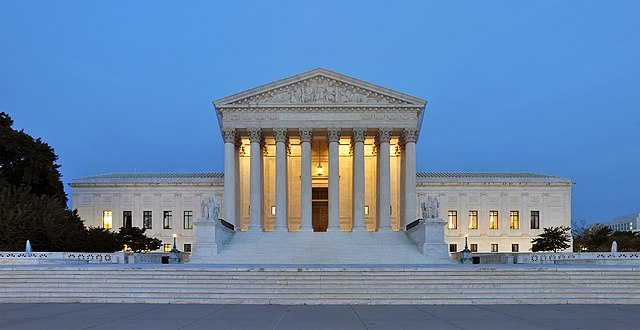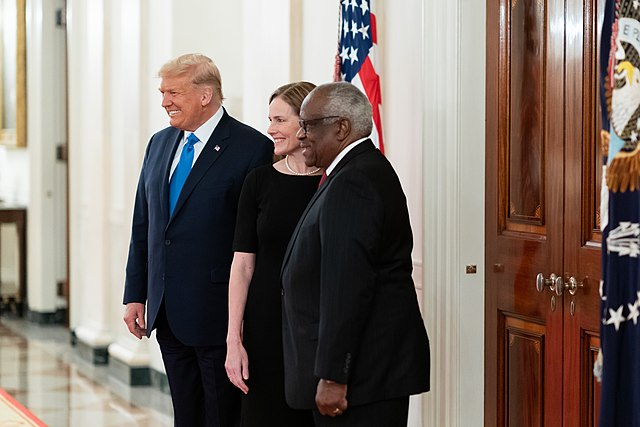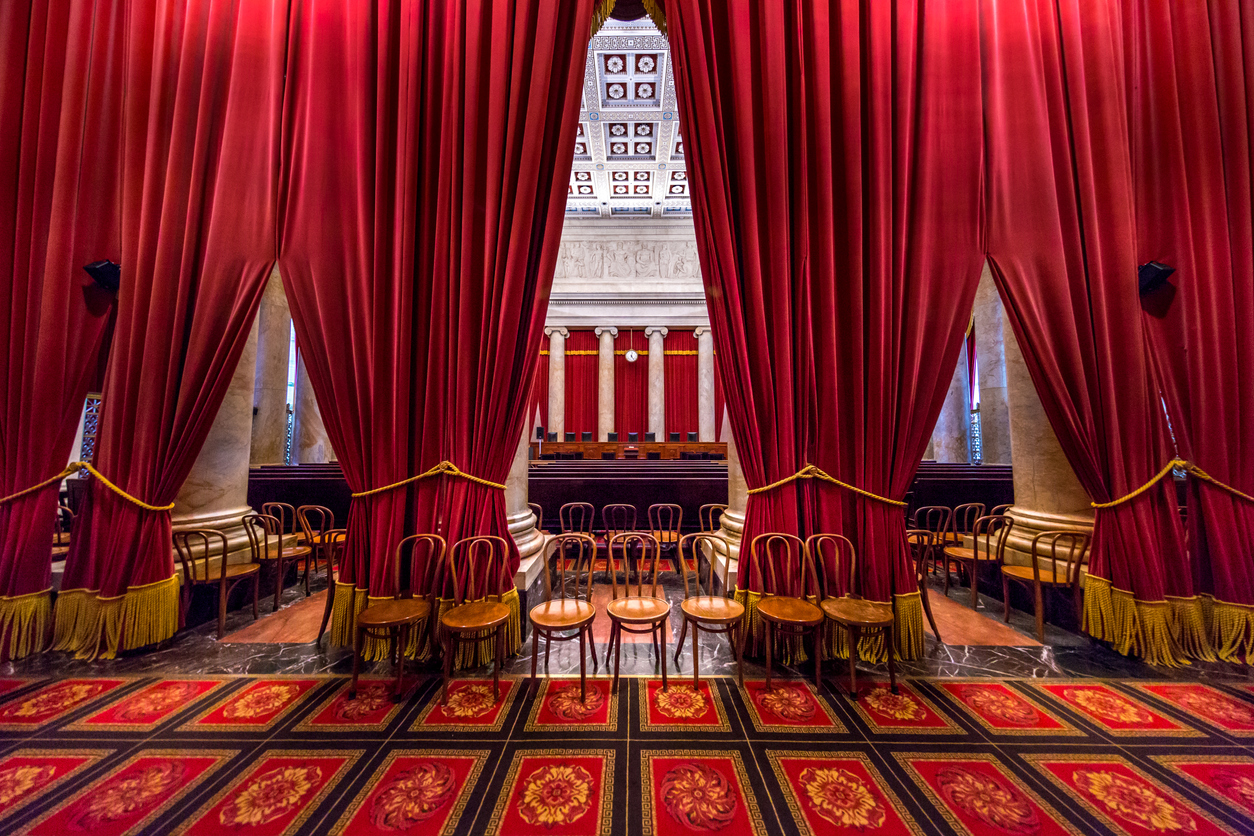Yesterday, the United States Supreme Court issued its decision in a case called Ramirez v Collier. Ramirez v Collier involved a request by an incarcerated person on death row in Texas.
The incarcerated person, John Ramirez, had what seems like a pretty unremarkable request. He asked for his long-time pastor to “pray over” him and “lay hands” on him during his execution.
As the Supreme Court recognized, “[b]oth are traditional forms of religious exercise.” But Texas denied the request. According to the Supreme Court, that decision “was a break from Texas’s longstanding practice.”
Both the U.S. District Court and the U.S. Court of Appeals for the Fifth Circuit sided with Texas. So, had the Supreme Court not considered the case, Texas would have executed Ramirez without his pastor praying over him or laying hands on him.

What did the Supreme Court decide in Ramirez v Collier?
In an 8-1 decision, the Supreme Court reversed the lower-court decisions denying Ramirez’s request for a preliminary injunction. A preliminary injunction essentially prevents someone from doing something.
In general, to get a preliminary injunction, must show that
- the party seeking the preliminary injunction is likely to win the case,
- the party seeking the preliminary injunction is likely to suffer irreparable harm without the injunction,
- equity (i.e., fairness) supports a preliminary injunction and
- a preliminary injunction is in the public interest.
According to the Supreme Court, Ramirez proved all four. Regarding the first factor, Ramirez proved that Texas’s actions likely violated his religious-freedom rights under the First Amendment and the Religious Land Use and Institutionalized Persons Act of 2000.
Because Ramirez could prove this, the government then had to show that it had a “compelling interest” to justify its decision. And then it also had to show that it used the “least restrictive means” to do so. The Supreme Court said it didn’t do either.
Based on that and the other factors, the Supreme Court essentially stopped Texas from executing Ramirez without granting his two requests (that his long-time pastor to “pray over” him and “lay hands” on him during his execution).

Why did the one Supreme Court Justice disagree?
The decision was 8-1, meaning that one Supreme Court Justice disagreed. That justice was Clarence Thomas. He had a lot of problems with the decision by his eight colleagues. But the one that stands out the most from his decision is about Ramirez’s Christian views.
According to Thomas, Ramirez’s Christianity is “insincere” even though he’s a long-time Christian, a member of a church and has a pastor who vowed for his religious views. According to Justice Thomas, Ramirez “wielded” his religious-freedom rights “abusively.”
The Takeaway:
In Ramirez v Collier, the Supreme Court stopped a death-row execution unless Texas allows the incarcerated person to have his pastor “pray over” him and “lay hands” on him during the execution. According to the Supreme Court, Texas had a “longstanding practice” of allowing this before Ramirez asked for it. One justice disagreed with the decision, calling the man’s Christian views “insincere.”






